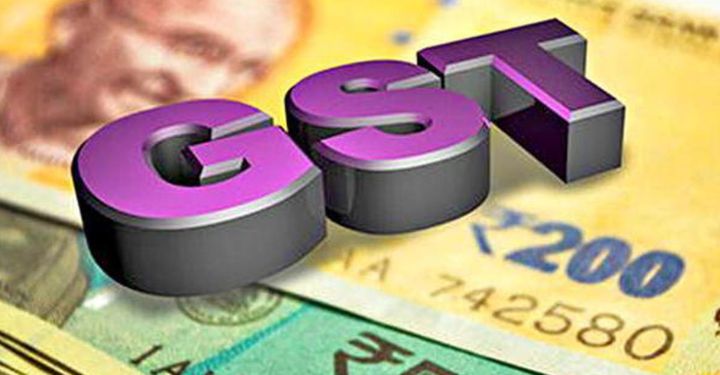
India’s tax landscape is set for a dramatic transformation as the Central Government works to overhaul the Goods and Services Tax (GST) system into a two-rate structure. The move, targeted for implementation by Diwali 2025, is part of a larger push by the Modi administration to reduce tax burdens and simplify compliance.
Described by government sources as a “people-first” reform, the new model is expected to replace the current four primary slabs — 5%, 12%, 18%, and 28% — with just two general rates, supplemented by a few special cases for sin and luxury goods.
Proposed Rate Structure
Though the exact slab percentages have not yet been confirmed, the model is expected to include:
- A “merit” rate (likely in the 5–8% range) for essentials such as packaged foods, healthcare products, educational services, and basic apparel.
- A “standard” rate (likely 16–18%) applicable to most other goods and services, creating a unified baseline.
- A special/high slab reserved for luxury items like automobiles, tobacco, aerated drinks, and certain services.
The Need for Simplification
The original multi-rate GST structure aimed to strike a balance between equity and revenue generation. However, it led to:
- Frequent classification disputes, especially over items falling between 12% and 18% slabs.
- Litigation bottlenecks due to ambiguous definitions of goods and services.
- High compliance costs, particularly for small businesses managing different rates across states and categories.
By moving to a simplified dual-rate system, the government aims to make taxation more transparent, predictable, and business-friendly.
Economic Rationale
According to Citi Research and other economic observers, a significant portion of GST items currently sit in the 12% slab. By distributing them between the new lower and higher slabs, the tax incidence may shift — possibly lowering prices on essentials while marginally raising them on select discretionary items.
The initial fiscal impact could be a revenue loss of around ₹500 billion, but this is expected to be offset by:
- Increased compliance from small and mid-sized businesses.
- Higher consumer spending during festive seasons due to improved affordability.
- Reduced litigation costs and improved trust in the tax administration.
Timeline & Rollout
PM Modi, in his August 15 Independence Day address, committed to unveiling the new GST system before Diwali 2025. Behind the scenes, the Finance Ministry and GST Council are working with state governments, the GST Network (GSTN), and trade bodies to finalize slab rates and conduct impact assessments.
The reform is expected to be discussed in detail in upcoming GST Council meetings, and legislative changes could be introduced during the Winter Session of Parliament 2025.
Stakeholder Views
- Retailers and traders have lauded the move, saying it would help reduce confusion and audit disputes.
- Chartered Accountants and Tax Experts say the reform could improve India’s ranking in global tax ease indices.
- State governments, however, are cautious. They’ve requested detailed fiscal impact studies and potential compensation mechanisms for loss of revenue.
Key Risks
- Political Pushback: States reliant on compensation from the Centre may oppose the new structure without guarantees.
- Transitional Confusion: Businesses may face challenges reclassifying inventory, updating billing systems, and adjusting to new rates.
- Exemptions and Carve-outs: Maintaining transparency while deciding exceptions is essential to prevent the return of lobbying and arbitrary rates.
A Reform Worth Watching
This upcoming GST overhaul could be one of the biggest economic reforms since the original launch of GST in 2017. By drastically simplifying the structure and making it more inclusive, the government hopes to create a more efficient, consumption-driven economy — one that’s fairer for consumers and easier for businesses to navigate.
If successful, this move will not just be a festive gesture — but a long-term structural win for India’s tax ecosystem.


